Protesters against police brutality near the White House in Washington, on June 1, 2020. The President spoke from a White House beset by protesters, and then walked along a path cleared by police to briefly visit a damaged church.ERIN SCHAFF/The New York Times News Service
The U.S.’s most widespread protests since the civil-rights movement in the 1960s continued to grow Monday despite unprecedented measures to shut them down, spreading from major cities to suburbs and towns a week after George Floyd’s death.
State and local authorities struggled to respond to the upheaval in more than 140 cities, which has laid bare the country’s failure to adequately deal with institutional racism and police brutality.
More than 20 states and the District of Columbia have called in the National Guard and at least 40 cities have instituted curfews in a bid to stop the after-dark property destruction and fires that have accompanied many of the protests. But they have largely been unsuccessful. At least 4,400 people have been arrested over the past week, according to a tally by The Associated Press.
President Donald Trump threatened Monday to call in the military unless state governors act to quell demonstrations, sometimes violent, that have engulfed much of the country, a warning that came as protesters surrounded the White House amid escalating unrest over the death of Mr. Floyd.
Around the time Mr. Trump spoke, the National Guard fired tear gas at a peaceful crowd of protesters to clear the way for the President to hold a subsequent photo-op. The military police used batons and shields to beat back protesters, while a line of mounted officers advanced.
George Floyd’s brother pleads for peace, Trump takes combative tone
This time, the mayhem and chaos in the U.S. feels different
The President posed in front of St. John’s Episcopal Church, which was damaged by the previous night’s demonstrations and has been boarded up. He held a Bible in his right hand.
”If a city or state refuses to take the actions that are necessary to defend the life and property of their residents, then I will deploy the United States military quickly to solve the problem for them," Mr. Trump said in a speech on the White House lawn, his first public address since the protests began.
He added that he planned to unleash “thousands and thousands of heavily armed soldiers” into Washington as protesters swarmed the capital hours after the family of Mr. Floyd, an African-American Minneapolis man who died after a white police officer kneeled on his neck, released an independent autopsy showing that he had been asphyxiated.
While Mr. Trump said Americans should be "rightly sickened and revolted by the death of George Floyd," he described the protests as “domestic terror” orchestrated by “professional anarchists, violent mobs, arsonists, looters, criminals, rioters, Antifa and others.”
D.C. Mayor Muriel Bowser, who instituted a 7 p.m. curfew, condemned the crackdown near the White House.
“A full 25 minutes before the curfew & w/o provocation, federal police used munitions on peaceful protesters in front of the White House, an act that will make the job of @DCPoliceDept officers more difficult. Shameful!” she tweeted.
A broad array of voices – including that of former president Barack Obama – weighed in on Monday to call for the protesters to channel the fury on the streets into tangible change, including at the ballot box.
Mr. Floyd died a week ago after police officer Derek Chauvin kneeled on his neck for nearly nine minutes as Mr. Floyd gasped for air.
Video of his death sparked protests in Minneapolis, which quickly spread to major centres from New York to Los Angeles to Washington. They have now gone even further, from Bakersfield, Calif., to Des Moines, Iowa to Anchorage, Alaska.
The protests come against the backdrop of the COVID-19 pandemic which, according to one Yale University study, has killed black Americans at a rate 3.5 times that of white people and left tens of millions of people out of work.
Mr. Floyd’s family released the autopsy that showed the cause of death as “asphyxia due to neck and back compression.” The result contradicted the previous ruling, by the city’s medical examiner, who said Mr. Floyd died of underlying medical conditions including high blood pressure.
The independent autopsy, by doctors Michael Baden and Allecia Wilson, found that the officer choked off Mr. Floyd’s carotid artery, starving his brain of blood, while other officers sitting on his back had stopped his breathing.
The finding could further inflame the protests. Mr. Chauvin has been charged with third-degree murder and second-degree manslaughter. The other three officers with him – Tou Thao, J. Alexander Keung and Thomas Lane – have been fired from the police force but not charged.
Mr. Floyd’s family and protesters have called for Mr. Chauvin’s charges to be upgraded to first-degree murder and for the other police officers to be charged as well.
“They knew that they were applying restraints that could or would cause death,” said Antonio Romanucci, one of the family’s lawyers. “They are criminally liable because they knew what they were doing could lead to death.”
Mr. Floyd’s younger brother, Terrence Floyd, visited the intersection where his brother died to call for peaceful protest.
Terrence Floyd, center, the brother of George Floyd, is comforted while visiting the site of his brothers death in Minneapolis, on June 1, 2020.Victor J. Blue/The New York Times News Service
“If I’m not over here wilding out, if I’m not over here blowing up stuff, if I’m not over here messing up my community, then what are y’all doing?” he said. "Y’all are doing nothing. Because that’s not going to bring my brother back at all.”
The younger Mr. Floyd urged change through the electoral system. “Educate yourself and know who you are voting for. That’s how we’re going to hit them,” he said, wearing a face mask with his brother’s image on it.
In California, protests expanded from urban centres into suburban communities such as Long Beach and Beverly Hills. Police in Santa Monica, an affluent beach city west of Los Angeles, arrested more than 400 people for vandalism, assault and curfew violations overnight Sunday. Walnut Creek, a bedroom community in the San Francisco Bay Area, instituted a week-long curfew after protesters stormed a Macy’s department store and shopping plaza and one woman was shot in the arm.
In a call with governors, the audio of which was posted online by The New York Times, Mr. Trump berated them for not cracking down with enough force. He called for some protesters to be given lengthy prison sentences.
“You have to dominate or you’ll look like a bunch of jerks,” he said at one point during the call. “Someone throwing rocks is like shooting a gun. You have to do retribution.”
Illinois Governor J.B. Pritzker told the President that his “inflammatory” statements are “making it worse” and that responding to the protests by granting their demands for police reform was the way to calm the situation. The President fired back: “I don’t like your rhetoric much either.”
Mr. Trump so far has not made the sort of calming address to the nation that previous presidents delivered during similar unrest.
His predecessor, Mr. Obama, on Monday encouraged protesters to focus their efforts on local governments to force city councils and police to properly investigate and clamp down on brutality.
“Throughout American history, it’s often only been in response to protests and civil disobedience that the political system has even paid attention to marginalized communities,” he said in a post on Medium. “But eventually, aspirations have to be translated into specific laws and institutional practices – and in a democracy, that only happens when we elect government officials who are responsive to our demands.”
The former president also condemned “the small minority of folks” engaging in property destruction.
“Let’s not try to excuse violence, or rationalize it, or participate in it. If we want our criminal justice system, and American society at large, to operate on a higher ethical code, then we have to model that code ourselves,” he wrote.
Law enforcement officers stand guard as demonstrators take part in a demonstration against the death of George Floyd, in Anaheim, Calif., on June 1, 2020.MIKE BLAKE/Reuters
Some local officials vowed to address the concerns of protesters.
Los Angeles Mayor Eric Garcetti said he would set up a human- and civil-rights commission, including an office of racial equality, to fight racism in the country’s second-largest city.
“We don’t just have to give word to this, but we can actually see and measure where discrimination lives in our city,” he said at a public briefing. “This is not something where Los Angeles has to be awakened. Long before I was mayor, and long after I’m mayor, this is part of our culture.”
Mr. Garcetti initially declined to call in the National Guard, but later changed his mind and asked for 500 troops. He said, however, that they would not patrol the racially diverse neighbourhoods of Southern Los Angeles for fear of evoking the city’s painful history of riots over police brutality. The city erupted in the 1960s, and again in 1992 after the acquittal of four Los Angeles police office offices for the beating of motorist Rodney King.
Other Democratic officials similarly struggled to balance demands for social justice with the desire to restore order.
In Oakland, home to a large African-American community, city officials declined to impose a curfew. The community has a history of fraught political debates over whether to establish a youth curfew to tackle crime. The city’s police department has been under federal government oversight for the past 17 years because of civil-rights abuses.
“Really this demonstration is about absolute power,” Mayor Libby Schaaf said. “So we are in a delicate position to not impose that power.”
But across the bay in San Francisco, Mayor London Breed had no such qualms. The first African-American woman to lead the city, she called in 200 more police officers from other parts of California to crack down on looting and vandalism. “We can’t just sit by and let you destroy our city,” she said. “We will do what we need to do.”
The protests have echoes of the civil-rights era more than five decades ago, including the week of demonstrations and riots that followed Martin Luther King Jr.’s assassination in April of 1968. Richard Nixon used the unrest to rally his white voter base, much as Mr. Trump appears to be trying to do now.
Unlike those long-ago protests, the current upheaval has largely played out over social media, from the videos of Mr. Floyd’s death to widespread documenting of the protests and riots that followed to Mr. Trump’s condemnation of the protesters.
Silicon Valley was facing its own internal uprising after Facebook chief executive Mark Zuckerberg decided not to censure a statement of Mr. Trump’s that called for the shooting of protesters. Last week, Twitter placed a warning on a tweet from Mr. Trump that threatened “when the looting starts, the shooting starts,” – which echoed a 1967 statement by a police chief who threatened to shoot African-American civil-rights protesters in Miami. Facebook left a similar post by Mr. Trump on its platform untouched.
Facebook’s employees this week staged a walkout, and took to Twitter to call out Mr. Trump. “Mark is wrong, and I will endeavour in the loudest possible way to change his mind,” said Ryan Freitas, director of product design for Facebook’s News Feed.
Andrew Crow, who heads design for Portal, Facebook’s video conferencing system, said “Censoring information that might help people see the complete picture is wrong. But giving a platform to incite violence and spread disinformation is unacceptable.”
Editor’s note: This updated version clarifies a report that U.S. President Donald Trump spent about an hour in a White House bunker on Friday night
Our Morning Update and Evening Update newsletters are written by Globe editors, giving you a concise summary of the day’s most important headlines. Sign up today.
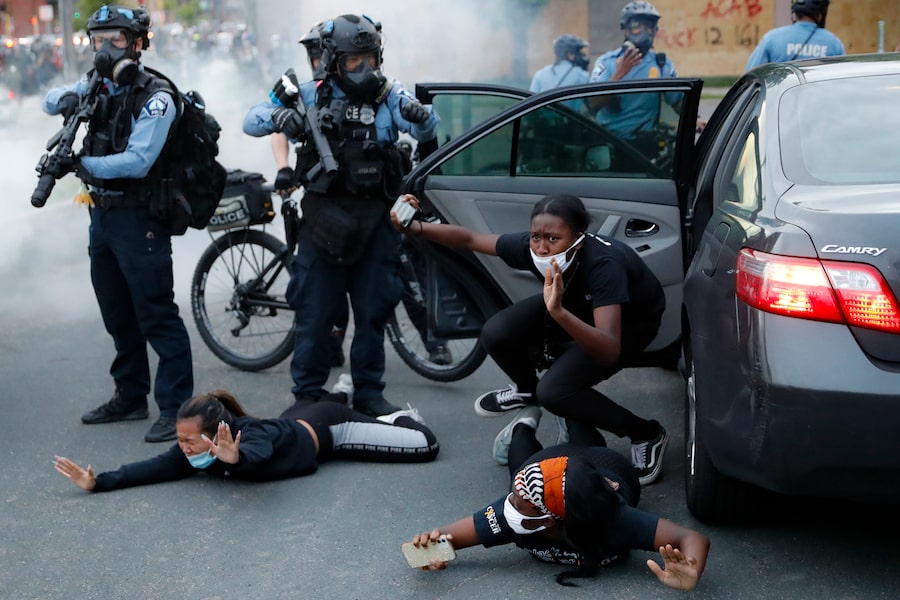


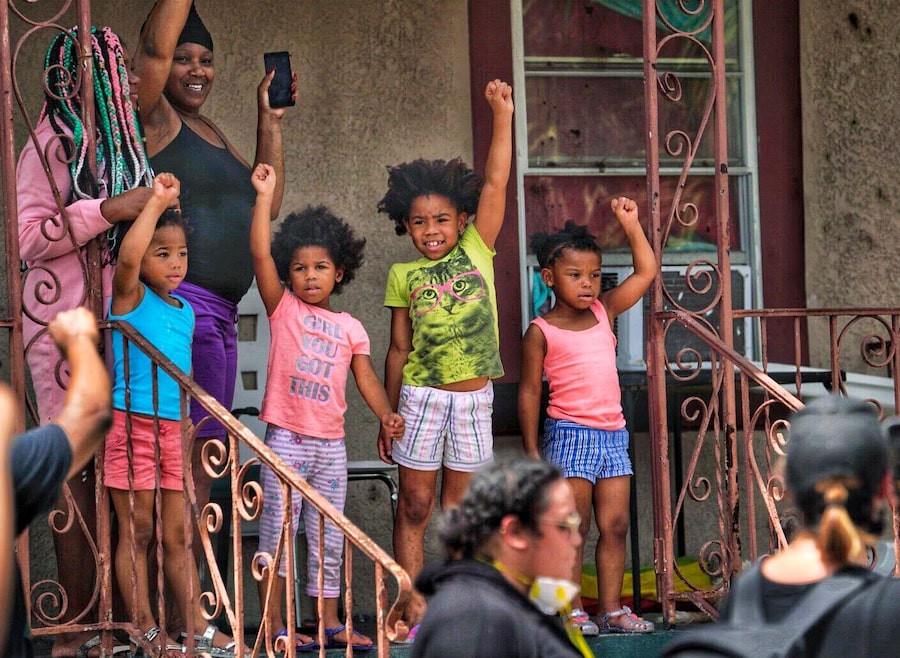



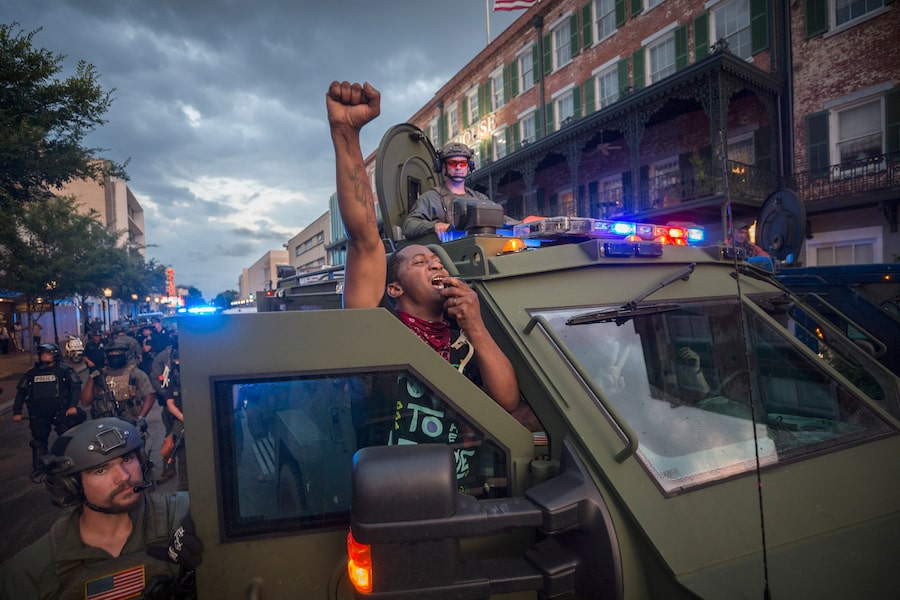
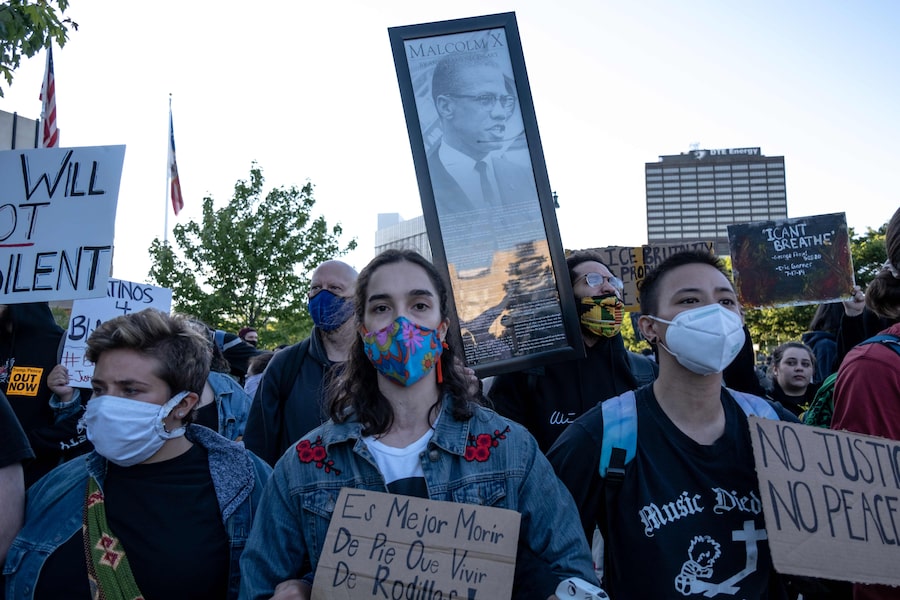

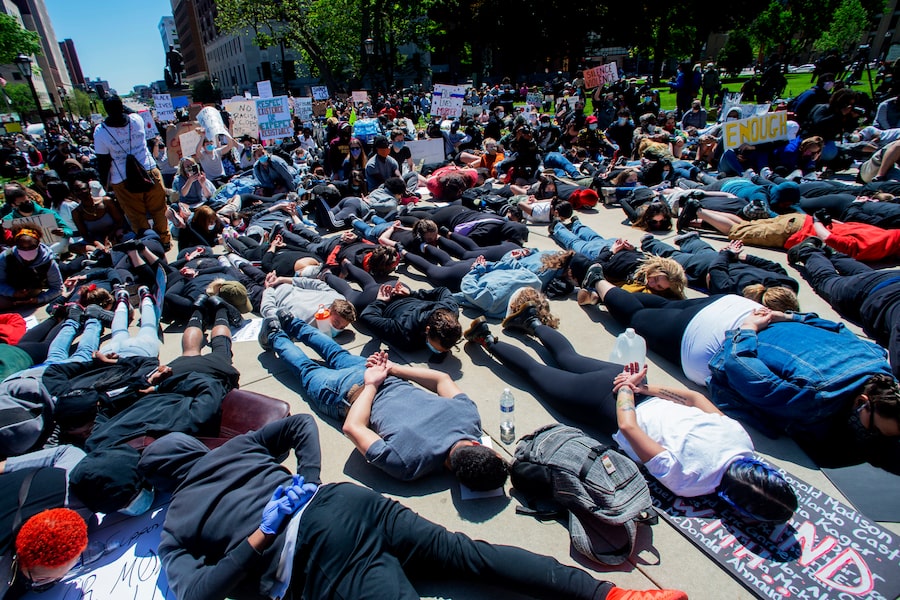
 Adrian Morrow
Adrian Morrow Tamsin McMahon
Tamsin McMahon